This is the third part of a multi-part series chronicling my trip to the Democratic People’s Republic of Korea (North Korea). Part 1 can be found here, Part 2 can be found here and FAQs about the trip can be found here.
More Pyongyang exploration before lunch
The next stop was the Revolutionary Martyrs’ cemetery, dedicated to North Korean veterans who fought against the Japanese during the Japanese occupation of Korea. It consisted of many rows of tombstones, each with a bronze bust of the soldier’s head and dates of birth, death, and service. The rows of tombstones slowly went up steep hill, where they culminated with the wife of Kim Il-Sung at the top, where we were expected to lay flowers. There was a great view of Pyongyang from the top. There were also some very anti-Japanese writings, as well as pro-Workers Party writings scattered throughout.
We then headed to the large town square that had two enormous bronze statues of Kim Il Sung and Kim Jong Il, whom we were expected to bow before and lay flowers. There were some Workers’ Party flags on each side. The guides reminded us that we were to capture the entire statue in our pictures. Also nearby was another large open area with enormous billboards of the Kims. I forgot to mention that on the way to the bronze statues, our tour guide, seeing a wedding party approaching us, said, “How lucky we are to witness a wedding today!” This made it sound like their appearance might have been staged. Nonetheless, she taught us how to congratulate a bride and groom in Korean, and we said it to them as they passed by. (The guides did teach us some very basic Korean, but the only one that stuck with me was “thank you”, pronounced “kamsa hamida”). We saw one other wedding, this time with a military member. Oh asked me if I had a girlfriend, and made a joke about me trying to find one here. When asked about interracial marriages in North Korea, Oh said there were none, but that I could be the first! I can’t say I’m too surprised, given the extreme homogeneity of the society (I’d always heard that South Korea is the most ethnically homogenous country in the world, but I wondered how anywhere could be more homogenous than North Korea).
We tried to go to a bookstore before lunch, but it was closed. This came as a big surprise to both us and the guides, as the trip was so meticulously planned with everything always working out fine. Nearby, there were some kids playing basketball and other sports. They told us we’d go to another bookstore after lunch instead.
Lunch
After driving around in a manner that seemed aimless, but was actually not, we ended up near their embassy row for lunch. The restaurant was in a mostly nondescript building. Again, there was a gift shop on the first floor, and an otherwise empty dining room on the second floor that has a table set only for our party (but also this time for the guides/bus driver/cameraman).
Each place setting had a portable hotpot with a burner underneath, a plate with a slice of white bread, a sandwich roll, and a very dry muffin, as well as a bowl with an egg. There were also some large bottles of beer and water on the table. Our guide explained that Korean hotpot dates back to when the Korean army used to use their helmets to heat up water, and then put in whatever food they had in order to cook it inside of it. The waitresses brought out a plate of ingredients to cook in the hotpot. I wished I had first tasted the broth in the hotpot before adding anything. It looked like it was just water; if not, it was very light in color. The plate of ingredients included some thick pieces of pork, cabbage, carrots, and some other veggies. We also had four silver tins of seasonings – salt, pepper, red pepper, and MSG (not uniquely North Korean; MSG is a very common hotpot seasoning in China too). The waitress came around and lit each hotpot. Oh instructed us that first we put the pork in; when that boils, we add the veggies, then after that, we scramble the egg, and finally we add the seasonings.
I did just that. I added quite a lot of the seasonings to get my broth flavorful enough. It wasn’t as good as Chinese hotpot or Japanese hotpot, but still was quite flavorful. It was definitely one of the best meals on the tour (not coincidentally, it was one of just two meals our guides ate with us, and it was also one of the only meals where we knew our food was being cooked to order). They also brought out a few other dishes: what they called “KFC” (very good fried chicken, though it was not Korean-style, and a bit cold), some cucumbers with mustard greens, and tempura fish. Oh, there were also thin slices of radish in a reddish “broth” which they constantly referred to as “kimchi,” but we were only supposed to eat the radishes. And of course the obligatory bowl of rice (which they ALWAYS brought at the end of the meal).
The rest of Pyongyang for the day
The next stop after lunch was the Workers’ Party monument. (According to our guide, there are three political parties in North Korea, but the Workers’ Party is the most dominant one. We are unable to get him to give us any more details). There are three stone statues – one of an axe (the worker), one of a sickle (the farmer), and one of a candle (the intellect) – which together, makes up the Workers’ Party. As soon as we got off the bus, a local tour guide appeared out of nowhere to give us a tour of the monument (in Korean, with our guide translating). Once we went inside, there were more statues to look at.
After that, we then headed to a bookstore, which was essentially in a dark, nondescript building where a woman ushered us up the stairs to a room with some books set out on shelves. It was full of propaganda material (of course), mostly books, but also some neutral stuff, like different types of kimchi recipes, maps, and the like. I bought a copy of the music to “The patriotic song of the DPRK”, including both the piano score with lyrics in English and Korean. As I got back on to the bus, the cameraman (who spoke no English), motioned to me, indicating that he wanted to look at what I bought. He opened it up, and started humming the melody. It reminded me of how much I love universality of the language of music.
Aside: Out of the four people who accompanied us (the driver, cameraman, and two tour guides), the cameraman was the only one with a smartphone (some type of Android phone); the other three all had flip phones, which were common in North Korea).
The next stop was the Juche Tower – an absolutely enormous gray tower with a red flame on top. Juche refers to the socialist ideology in North Korea. As we approached it to take the elevator up to the top, there were a wall of plaques from countries all over the world (including a few from the US), usually from a socialist party of sorts, commemorating the Juche ideology. The door to go in the tower was locked. Oh knocked a few times, but there was no answer. She made some calls on her cellphone, but still no luck. We then walked around the tower instead, seeing more monuments, and learning about the flowers kimilsungia and kimjongilia (no joke). There was a beautiful view of the river in Pyongyang too. by the time we get back, an English-speaking guide had mysteriously appeared to let us into the tower. She took us up the stairs to the top. There was a really amazing 360-degree view of Pyongyang – actually quite a beautiful city aside from all of the propaganda. On the way down, the guide and her assistant were quite struck by my big feet. Sadly, size 17 meant nothing to them, and I didn’t know what my European shoe size is, nor did it say on the shoe.
As we were leaving, we were informed that for dinner that night (in Kaesong, where we’ll be staying (near the DMZ)), while the dinner itself is included as part of the tour, we have the option of special ordering dog meat soup soup (yes, you read that right, also known as “sweet meat soup”), or ginseng-stuffed chicken (a local specialty in Kaesong, one of the largest producers of ginseng). For those of you who don’t know, the Korean peninsula is probably one of the biggest consumers of dog meat in the world. Figuring “When in Rome”, I went with the dog meat soup. I then hoped to myself that me needing to special order it wouldn’t mean that they’re going to go out and kill a dog for me. I was really hoping that whatever kind of dog was going to be used in my soup wasn’t a very cute breed, but it seems to be indeed very cute.
The Pyongyang Metro
The next stop was the Pyongyang Metro, their underground subway system, which the government likes everyone to see. Rim explained that they have the metro (as well as trolleys and buses) to eliminate traffic congestion (hilariously false, given how few cars are on the roads, as few citizens can afford them. The cars that are on the road seem mostly to be a mix of Toyota Land Cruisers, Mercedes-Benzes, and foreign brands I didn’t recognize. That being said, most buses and trolleys seemed to be pretty crowded, with long lines at many bus stops. As we were driving to the metro stop, I started to figure out what felt weird about Pyongyang: While at first glance, the city appeared to be filled with normal hustle and bustle, with lots of people either walking or bicycling, no one seems to have a destination. I think there was only one person I saw the entire trip in Pyongyang who actually entered a building. Everyone else just seemed to be walking, but never actually going anywhere.
We got to the station. There were a bunch of fare terminals, which our guide bypassed, and the official at the subway motioned us through, counting how many people there were in the group. Most of the other North Koreans also seemed to bypass the fare terminals by saying something to the official. The Pyongyang Metro claims to be the deepest in the world (partially for military reasons, supposedly?). The only other two cities that also make the same claim, Kiev and St. Petersburg, are, not coincidentally, both located in what used to be the former Soviet Union, whose transport North Korea modeled their subway off of.
This subway system is REALLY deep. DC has nothing on Pyongyang. The escalator ride down took quite a long time. Lots of little Korean kids giggled and pointed at me; I smiled and waved back (which I did quite often throughout this trip; they were indeed quite taken with me). When we got to the bottom, we saw a map of the system. There were two lines. We were at the very first stop of one of them.
We went down onto the platform, where there were trains on each side, one just having finished the end of the route, and one about to start its route. The station was quite gorgeous, with lots of mosaics and murals everywhere, both of the Kims, and just scenes from Pyongyang life. We boarded the subway which was about to begin its route (needed to manually open the doors), which was a old subway from East Germany. Pictures of the Kims are of course in every car. It was fairly crowded.
Then, something very strange happened. A bunch of the people on the subway on the other side of the tracks, the one that just arrived at its final destination, all sprinted across the platform to get on our subway. This made no sense. This finally gave me the convincing proof that I had been looking for, that touring North Korea really is a giant facade, and underscoring how people who live there don’t really have a destination, it just matters that they look like they do.
Despite being told we were going six stops, we got off at the second stop, and were encouraged to take pictures. It was another beautiful stop. We caught the next train. The next three stops were also all very pretty (though not as much as the first two), and we didn’t get out. We did get out at the sixth stop, which is also lavishly decorated. As we were leaving, I saw our guide say something to one of the officials who worked there. I obviously didn’t know what it was as I couldn’t speak Korean, but I have a sneaking suspicion that it was something along the lines of, “The tourists are gone now; things can go back to normal.”
We exited by their version of the Arch of Triumph – even higher than the one in Paris. We passed this landmark several times throughout our trip, and I never saw the accompanying metro stations (or any other metro stations) again, despite the fact that there were 17 of them. That being said, another interesting thing about Pyongyang was that there were almost no street signs. I’m not joking. Looking on Google Maps when I got home confirmed this was indeed the case – people just know their way around (or they just aimlessly wander?) Then we got on the bus for the 2.5-hour drive to Kaesong, where we would be staying that night (before we went to the DMZ the next day).
The road to Kaesong
The guides encouraged us to use the bathroom , as we were about to get on the bus for a good 1-1.5 hours until the next chance to go to the bathroom (2.5 hour drive to Kaesong, bathroom break in the middle). As we were walking out, we noticed an amusement park. It would have been nice to check it out, though I would not have trusted the safety of the rides. We all piled onto the bus. While the guides were constantly talking about miscellaneous stuff, most of us started to doze off, as it’s been a long day which started early, and it’s also starting to get dark. I tried to stay awake as much as I could, knowing that I was on a once-in-a-lifetime trip and I would never get to see this again, but I eventually succumbed though. The scenery was not particularly interesting. There were a few people on the side of the road. Lots of cabbage was being grown, but not much else.
The “rest stop” was an unmarked grey building on the side of the road about halfway there. Apparently it’s where everyone stops on the way to and from Kaesong and Pyongyang. I forgot to also mention that the “highway” we were on was called the “Reunification Highway”, as it led from Pyongyang to the DMZ, in the hope that one day the two Koreas would be unified. “Highway” is in quotes as it was mostly a slightly nicer road with two (very poorly marked) lanes on each side with TONS of potholes. The rest stop was a pretty dingy place that a woman opened up as we arrived. There were bathrooms on the first floor, and then we were invited up for coffee and tea on the fifth floor (what is on the middle three floors???). Given the choice of coffee or tea, I chose coffee, but it was pretty terrible, and also cost me 10RMB ($1.67 roughly, but still annoying). This would be the last time I chose coffee in Korea; it seemed like tea was a much better choice.
We got back on the road. At this point, it was dark out. We passed a series of checkpoints along the way, at which point we’re instructed to not take pictures. At each one, except for the last one, it seemed that the driver flashed his lights in some type of code, which allowed us to proceed. Allowing us to proceed, by the way, consisted of the soldier moving the metal barricade aside for us, and then moving it back. For the last one, our tour guide actually had to get out and present identification. Note that this is NOT because we’re going to the DMZ, as there are other cities before the DMZ. This is probably more because we were just going to a different area, and they heavily restrict travel between different cities.
Also, the guides have started to tell jokes. REALLY really unfunny jokes. Like, not even “chuckle” jokes.
For example (to be fair, this joke works much better when spoken, not written): a man walks into a restaurant. the waitress asks, “What would you like”? The man replies, “After tea”. The waitress starts blushing (or as our guides said in their broken English, “gets blush-ed”, and walks away. Why did she walk away? We’re pretty stumped. Eventually, the guide asks us what letter comes after T in the alphabet; the answer is “U” – which is why she blushed. groooooooooooooooooooooooooooan.
Another joke: George Bush tells his secretary to bring people to make him laugh, and if not, they will be executed. The first person comes in, tells funny jokes, but Bush doesn’t say anything. He’s executed. The same thing happens with the second person. Third person walks in. Bush starts laughing before he starts saying anything [that’s the joke]. Seeing the blank looks on our faces, our guide explains that Bush was laughing at the first joke [because he’s slow]. Like seriously, wow. Awful jokes.
The guides invited me instead to tell jokes. I tried to think of a joke that was not incredibly inappropriate, and one that doesn’t take a native or advanced English speaker to understand (ruling out most of my awesome pun jokes). I had nothing. I realized that I should probably expand my joke repertoire.
Eventually, we arrived at our hotel. This was a “traditional” Korean hotel, which basically meant we eat on the floor, and sleep on the (heated) floor. It was mostly dark when we get off the bus. There were a few trees. We were told we have the option of either having hot water that night, or the next morning. We unanimously chose the next morning. They told us that hot water will be turned on at 7am, with breakfast at 7:30am, and departure for the DMZ at 8am.
They showed us to our rooms, and we agreed to reconvene for dinner in 5-10 minutes after getting settled in. One of the people in our group, upon trying a door, complained that her room was locked and wouldn’t open up, and a member the staff shouts, “NO NO NO, THIS ROOM!” (what was in the room she was trying to go into???) My room was pretty spartan; there are two sleeping pads on the floor, a fridge, and a TV. The bathroom was almost the size of the bedroom. I put my stuff down, changed into some more comfortable clothes (keep in mind I was still in dress clothes from the trip to the mausoleum that morning, which felt like eons ago), and we met outside, and we’re led to the room with dinner. We all sat cross-legged on cushions on the floor in front of a low table (though I eventually switched to a different position; I couldn’t sit cross-legged for very long).
There was beer and water on the table already, as well as some potato chips. They brought us some tofu, some greens, some boiled cabbage, chicken, more delicious eggs, and a fairly chewy pork dish. Then comes the dog soup. This was quite tasty, though I did have to make the broth spicier. I guess the closest thing I could compare dog meat to would be goat meat, though it was not quite as flavorful. Being the only item that for sure was freshly prepared, it was also definitely the best thing I ate that night. The people who special-ordered the ginseng chicken were disappointed.
After dinner, some of us (and the guides) headed to the “bar”, which was more of a flower-y room with tables and chairs (though there was a woman behind a bar, which has a decent selection of liquors and local beers). We had some more of the same delicious beer we had at dinner (and on the flight). Some also ordered some soju and cognac. The bartender spoke practically no English, and seemed pretty bored for most of the time, playing on her phone. Though when we spoke Korean to her, this made her happy.
It was pretty nice to have a chance to socialize with everyone else on the tour, as well as with our guides. We talked a lot about our own countries, where we came from, where we’ve traveled to, and so on. At one point, someone asked Rim if there are any homosexuals in North Korea, to which he replied, “not yet.” It’s unclear if he understood the question or not. Note that (just as in South Korea), smoking is permitted in many indoor places, which made several people in our group happy (contrary to expectations, our male tour guide did not smoke, though our bus driver and cameraman did smoke quite heavily). Eventually, it started to get late, and we were all getting pretty tired, so I headed to bed. Though before I headed to bed, Oh asks me if she can exchange her American $100 bills for some smaller bills. I was initially suspicious, wondering if she was trying to give me fake money in exchange for real money, but then I thought about the potential penalties that she would face, and realize that it’s unlikely she would take that risk. (In retrospect, I now understand why she did). I crawled into my tiny room through the tiny, rickety wooden sliding doors, and went to bed. As I sat in bed, it’s hard to believe so much happened over the course of just one day. It felt like several days. North Korea in general just felt weird. I was starting to be glad I didn’t choose a longer trip. I wondered if there’s anyone else (not in our group) staying at the hotel. I didn’t see anyone else.
Next: My visit to the DMZ, before which I was questioned on my attitudes toward US military policy by heavily armed members of the North Korean army

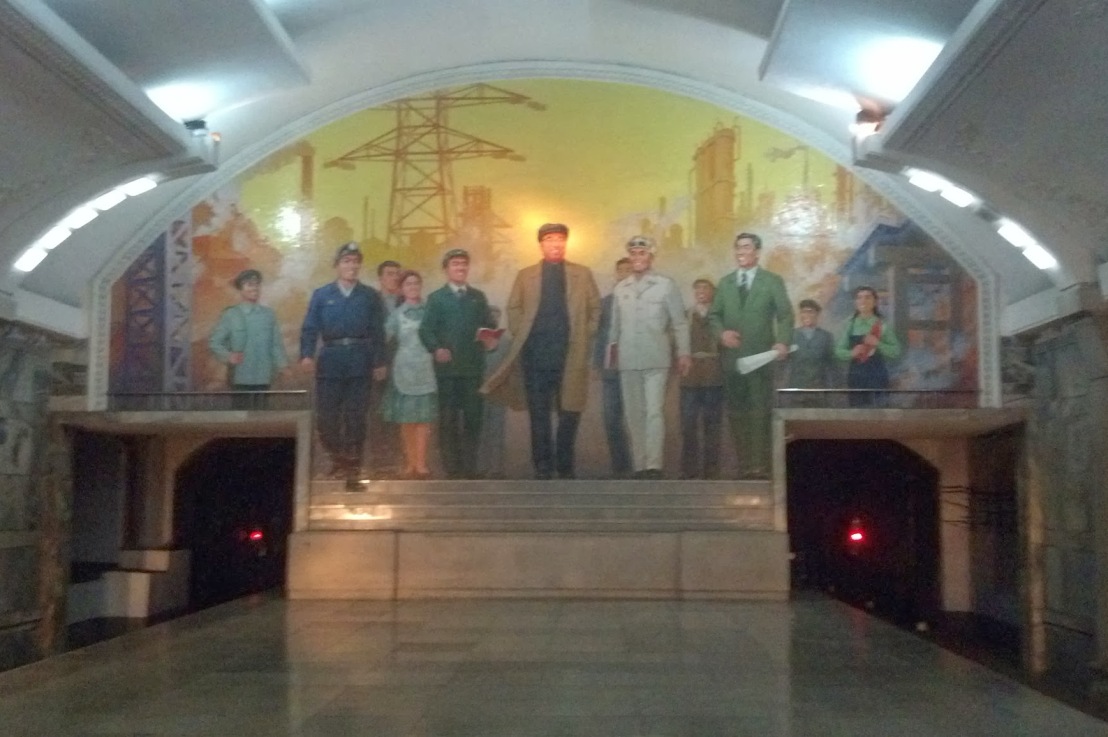
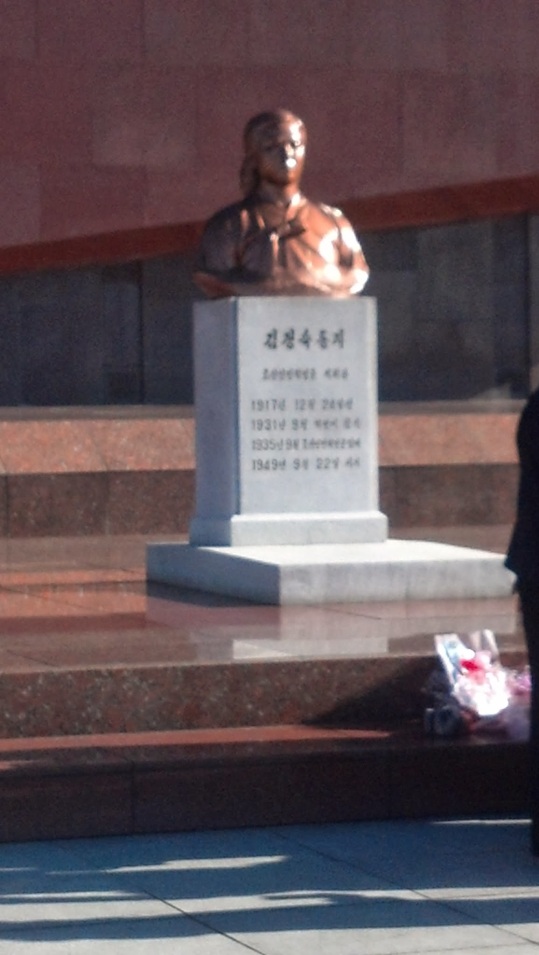

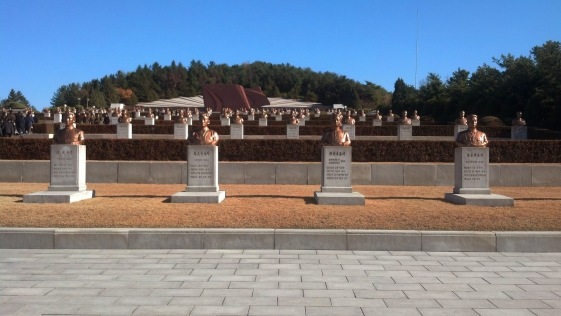
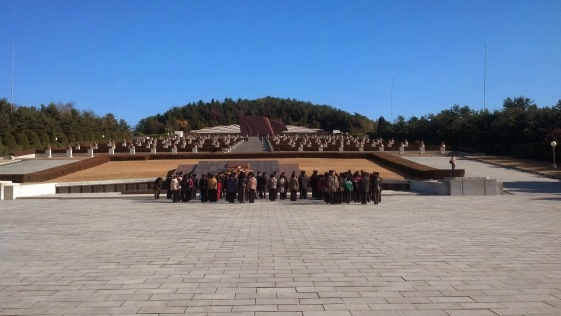
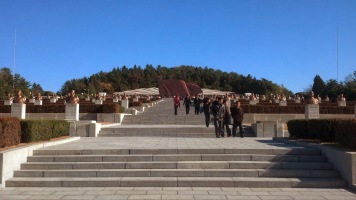
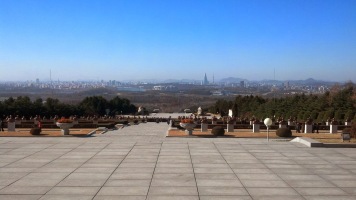
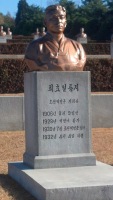
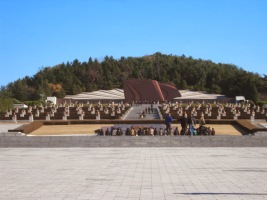
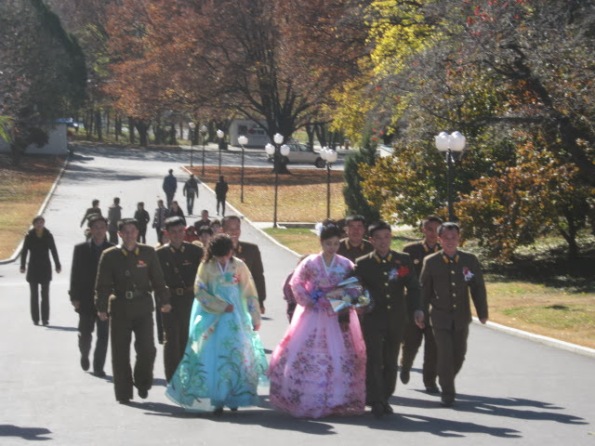
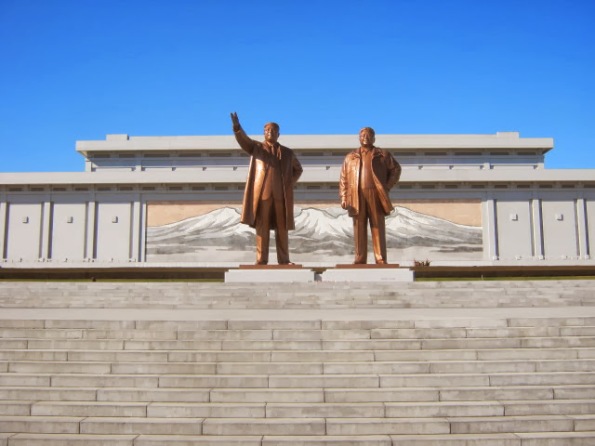
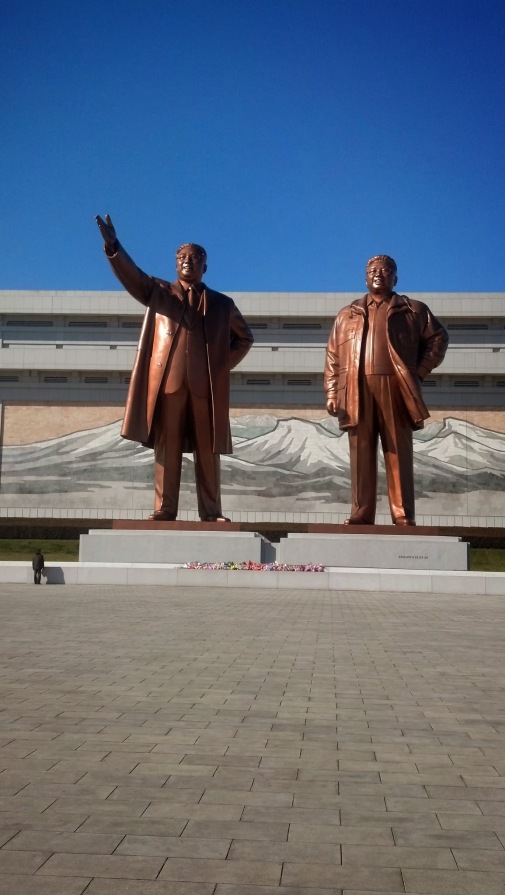
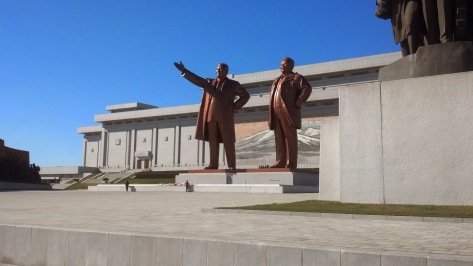
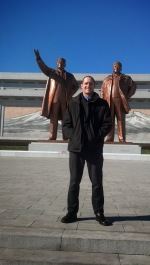
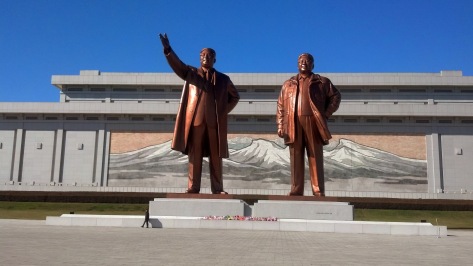
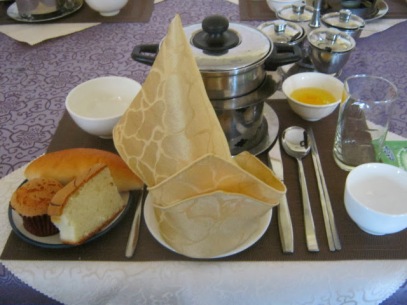
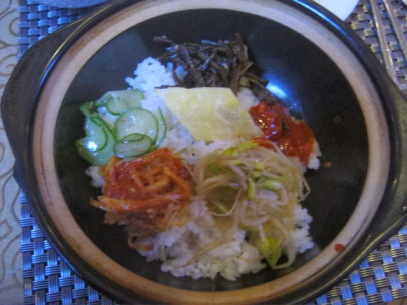
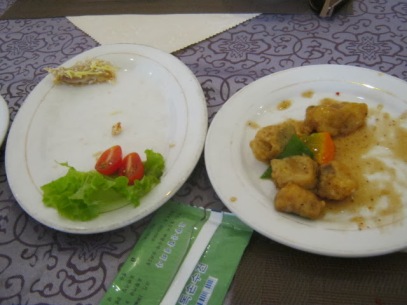
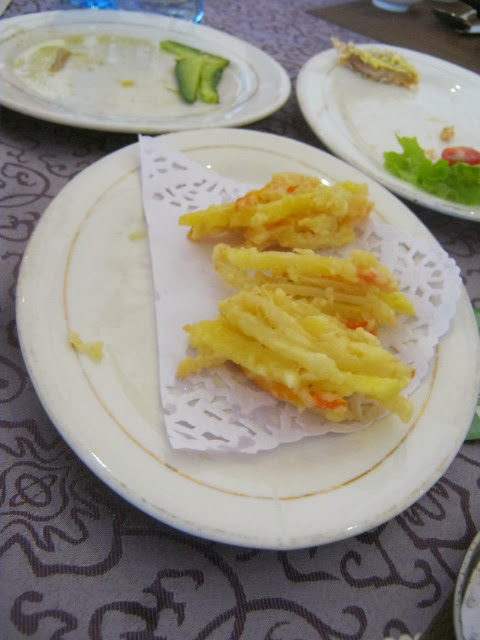
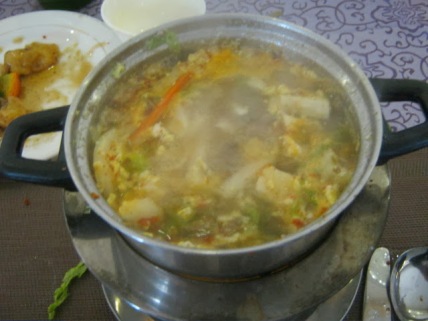
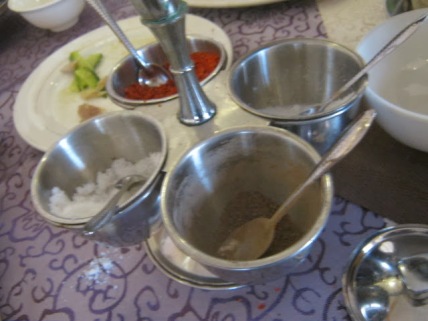
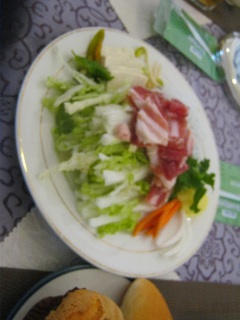
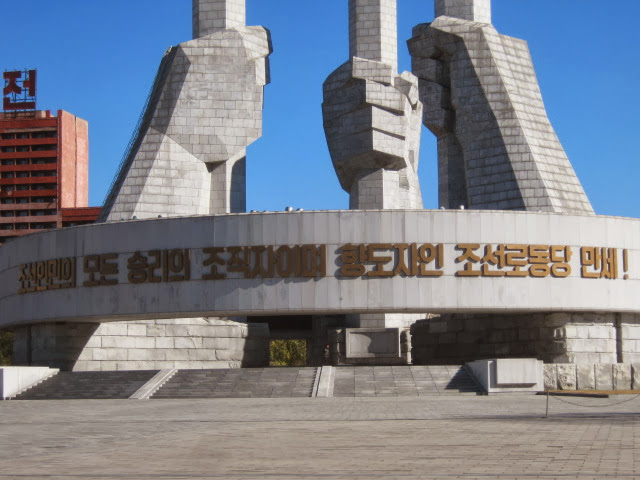
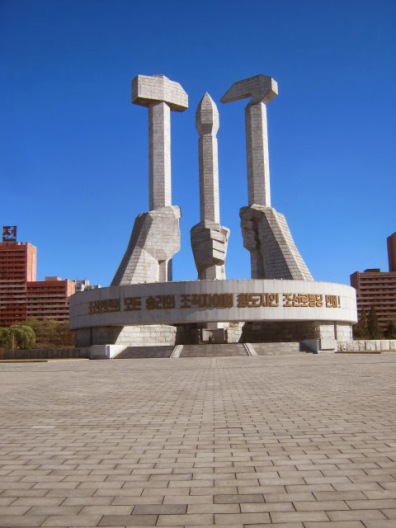
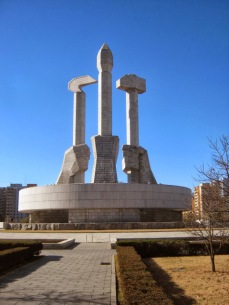
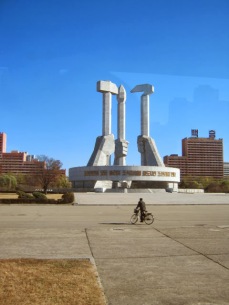
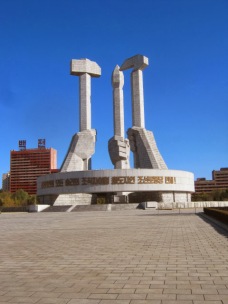
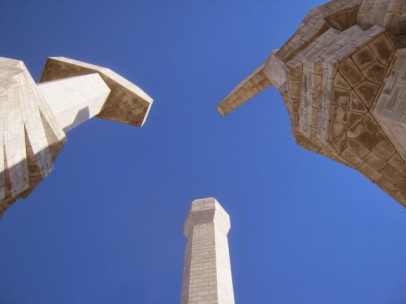
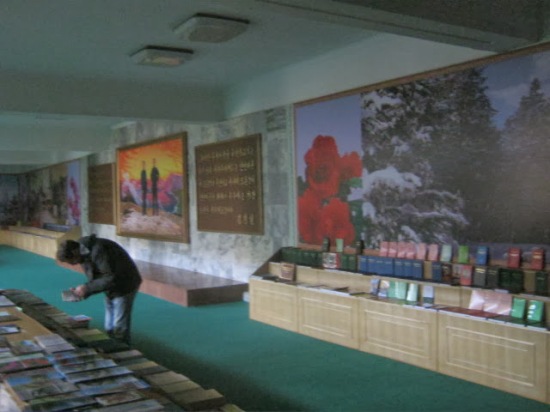
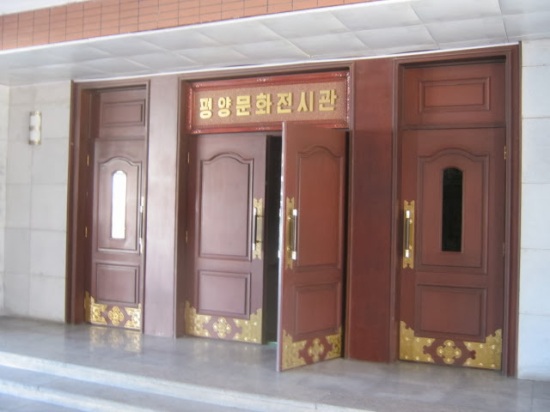
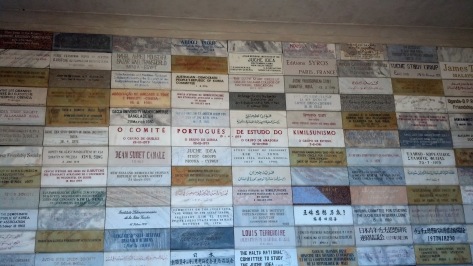
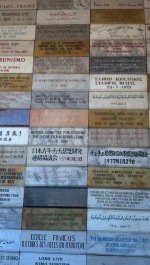
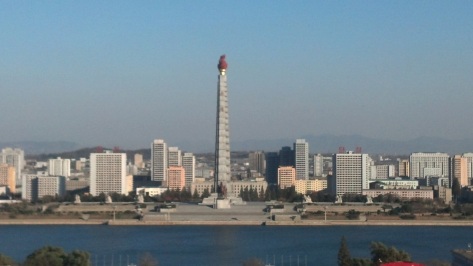
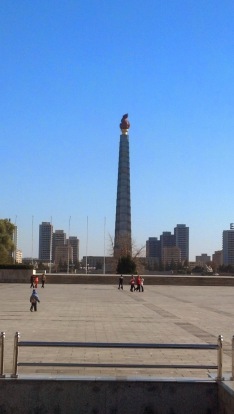
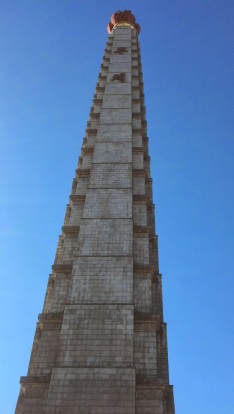

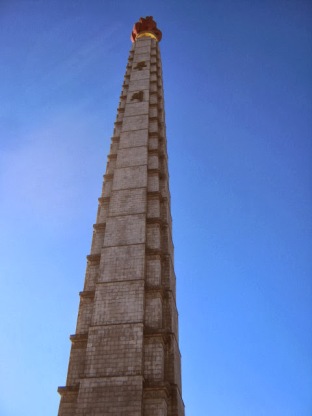
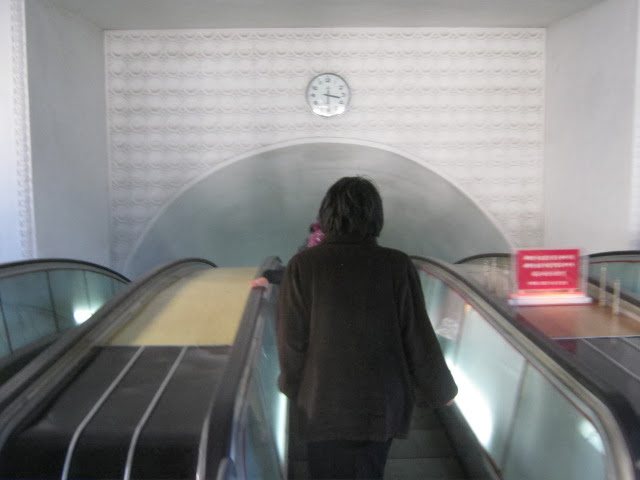
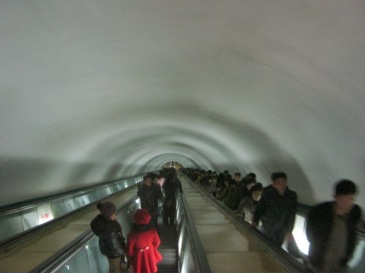
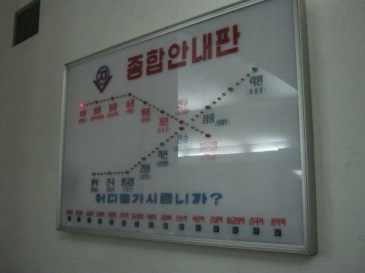
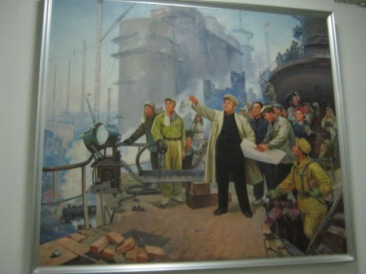
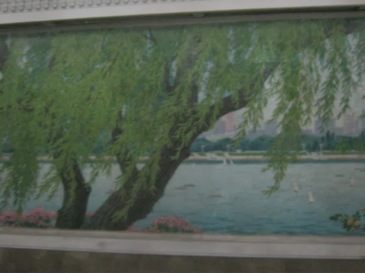
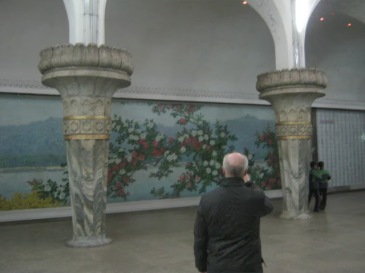
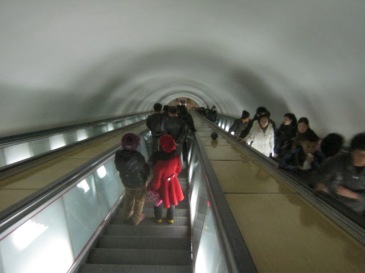
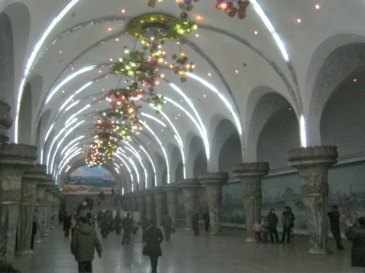
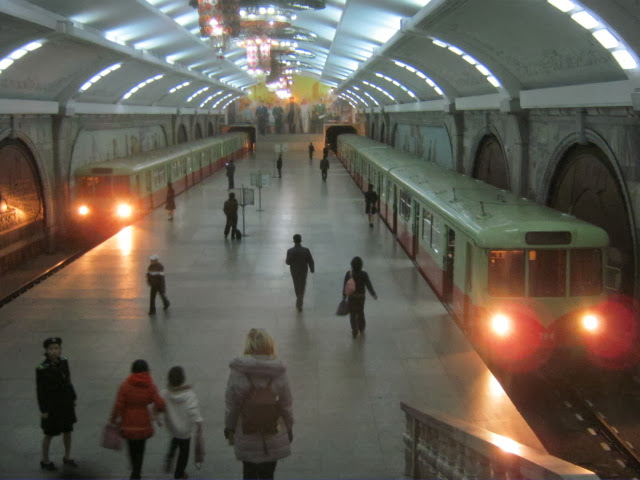
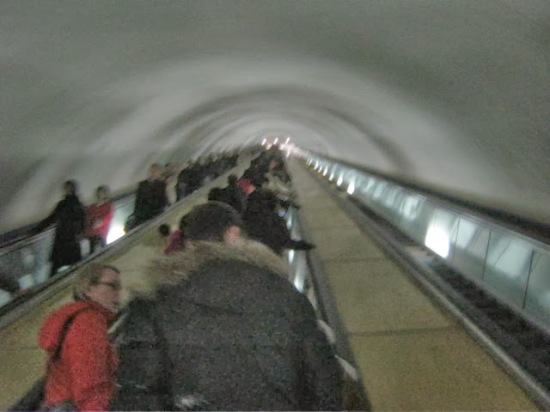
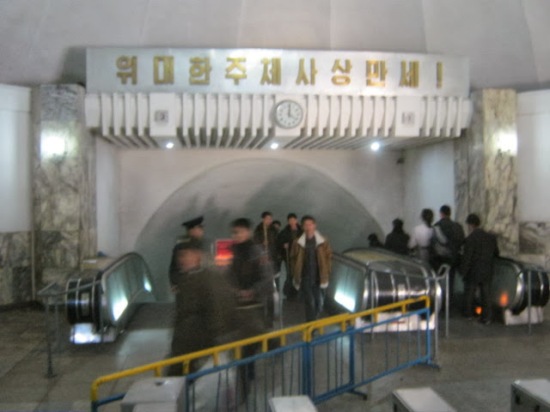
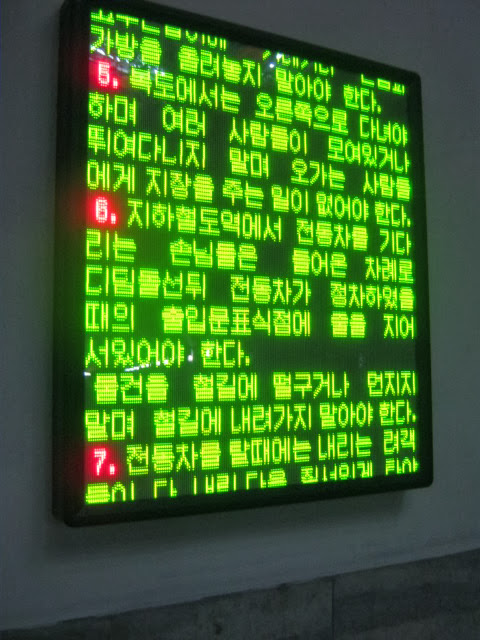
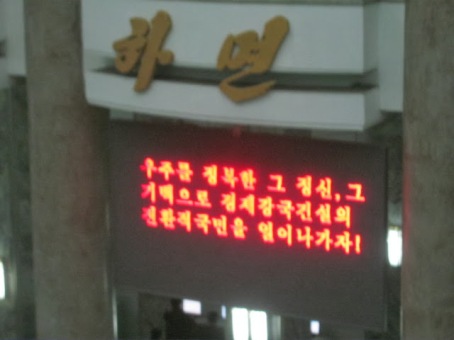
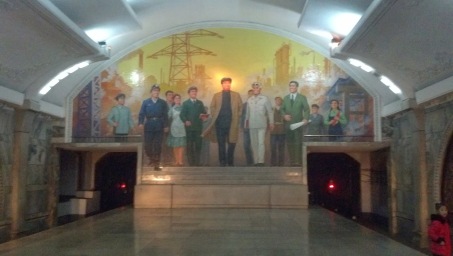
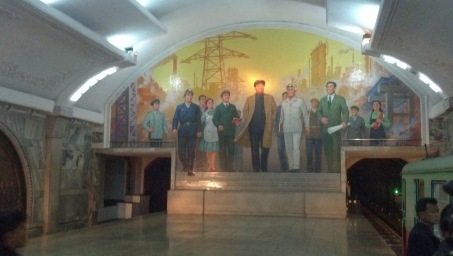
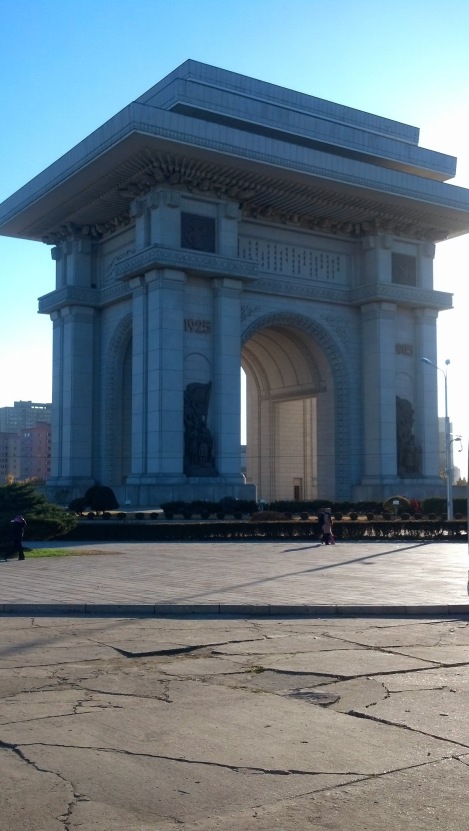
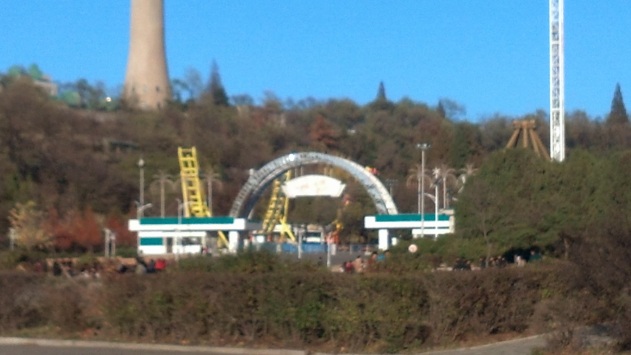
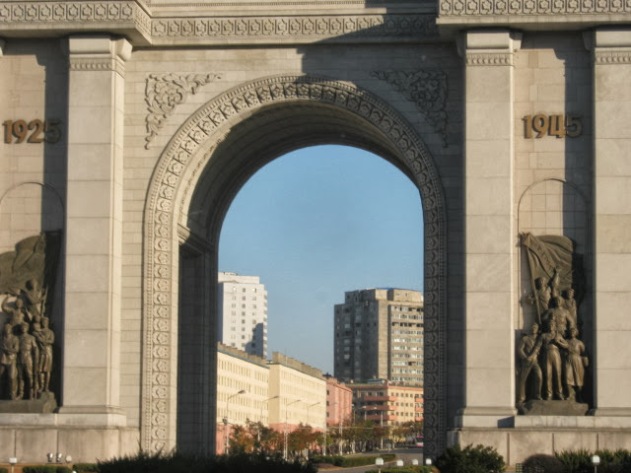
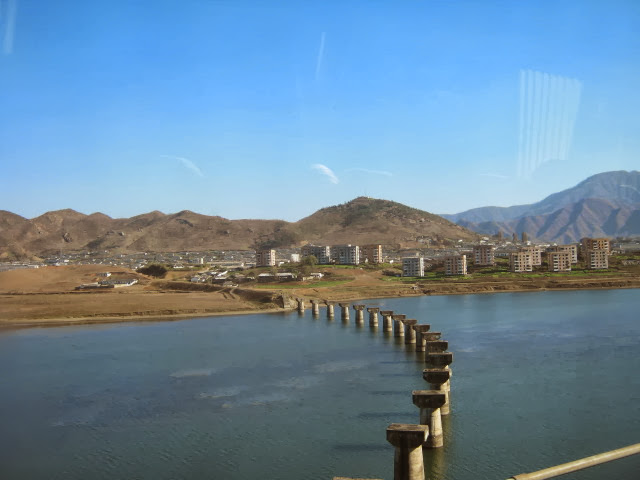
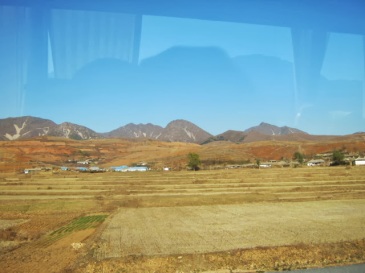
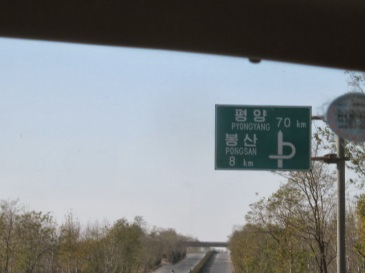
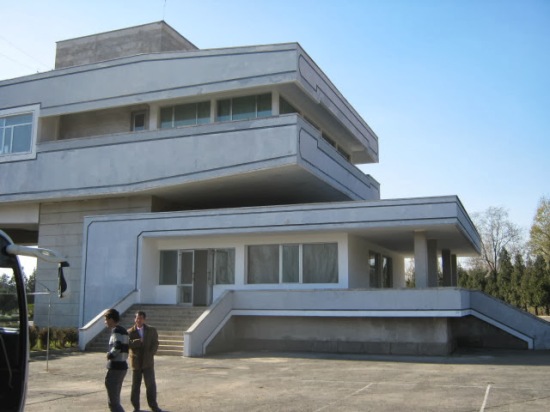
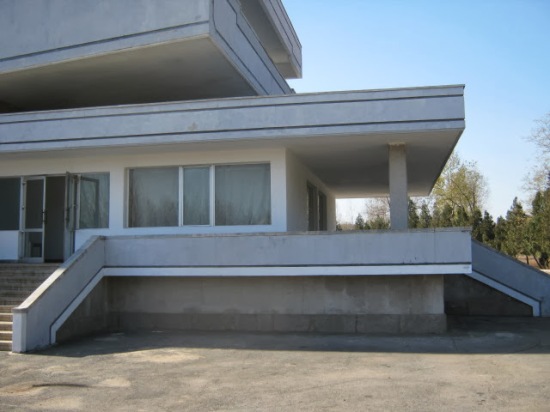
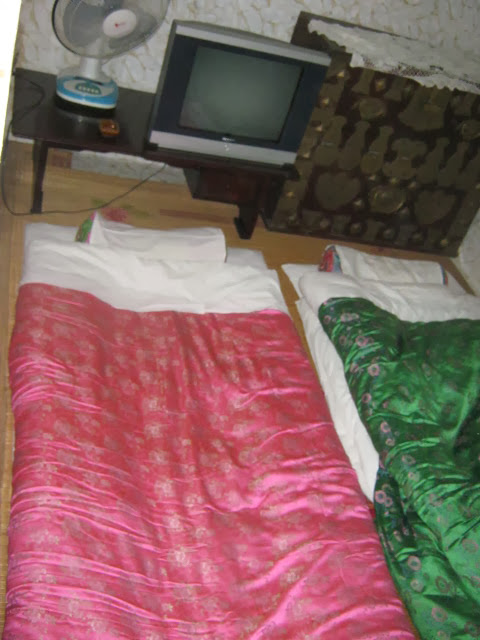
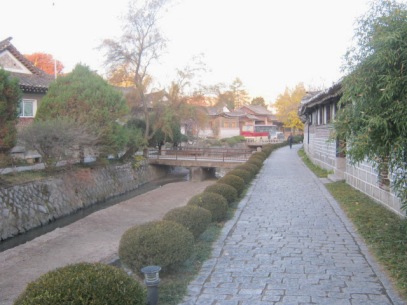
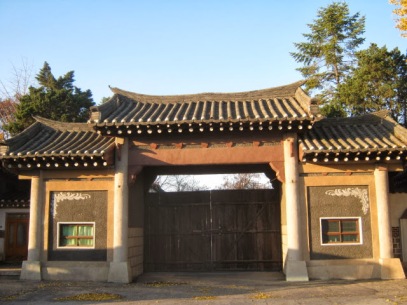
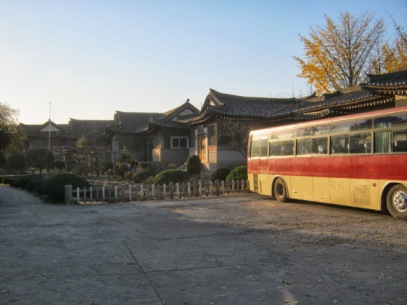
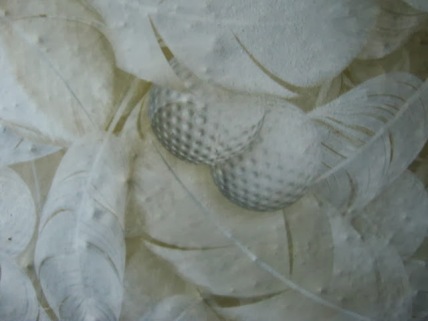
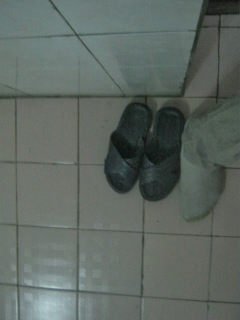

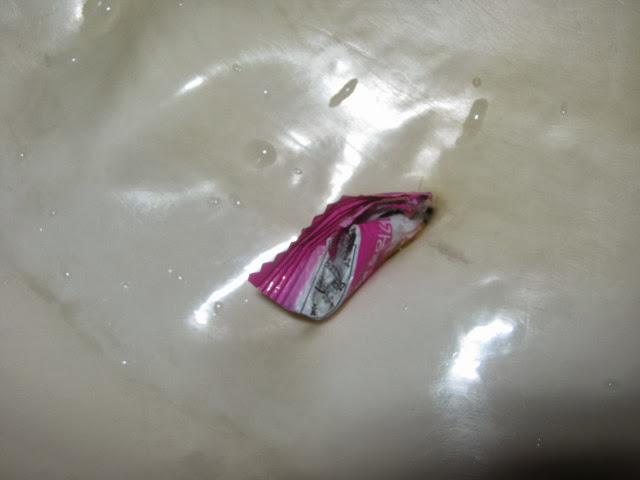
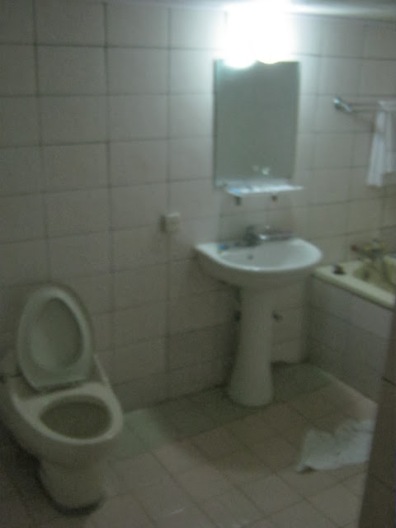
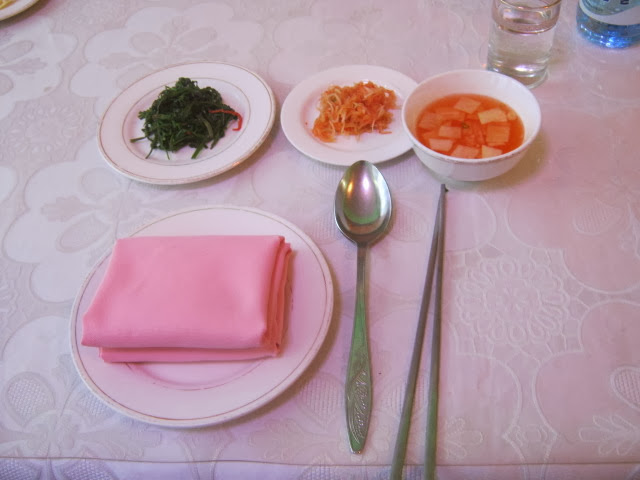
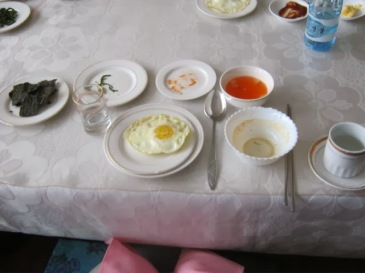
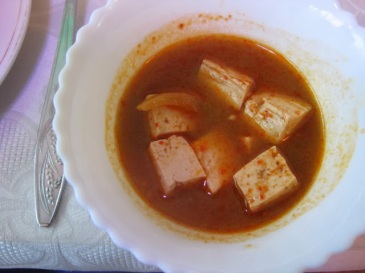
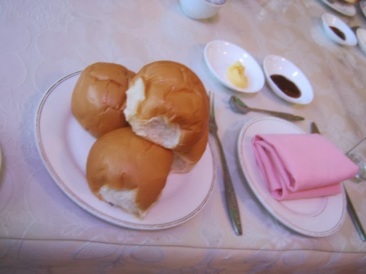
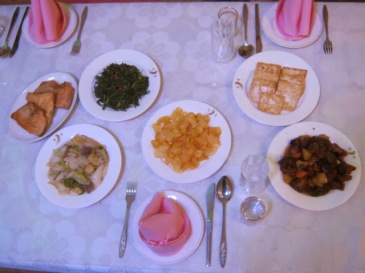
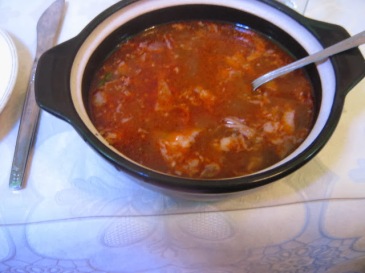
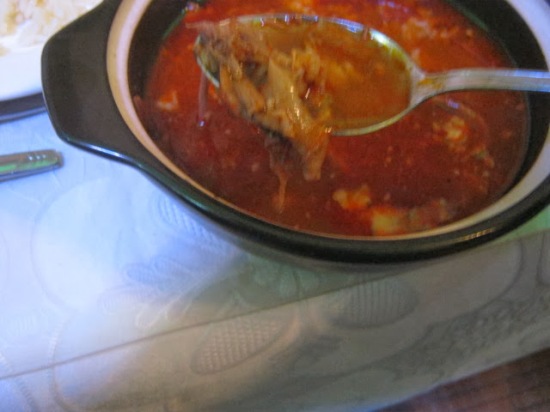
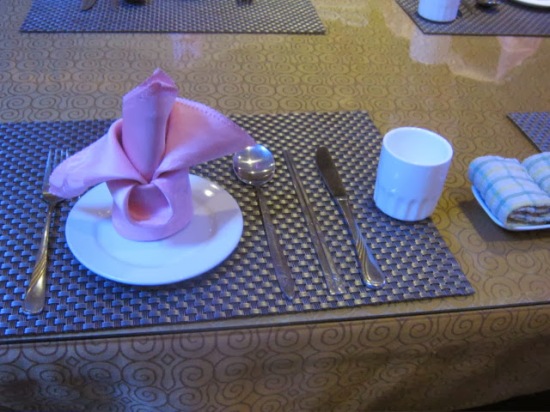
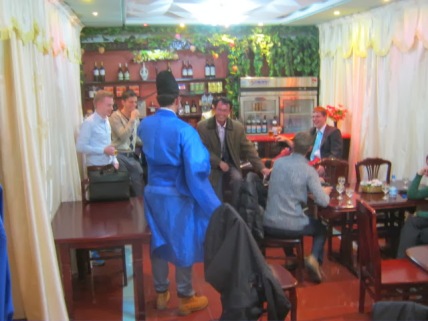
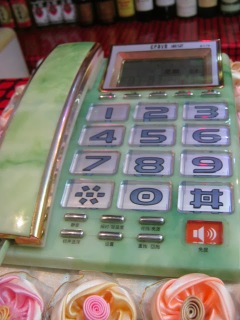
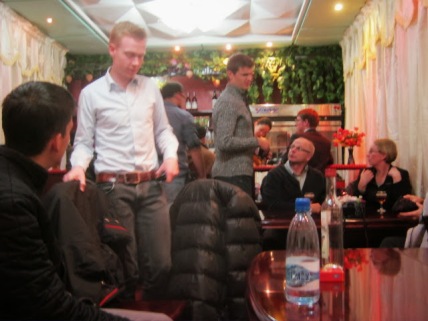
https://www.google.com/search?site=&tbm=isch&source=hp&biw=1920&bih=979&q=Nureongi !!!!!!!!!!!
😥 😥 😥
LikeLike